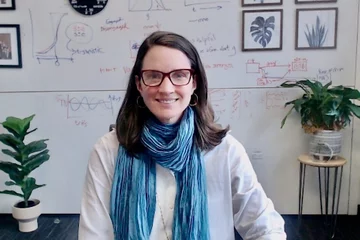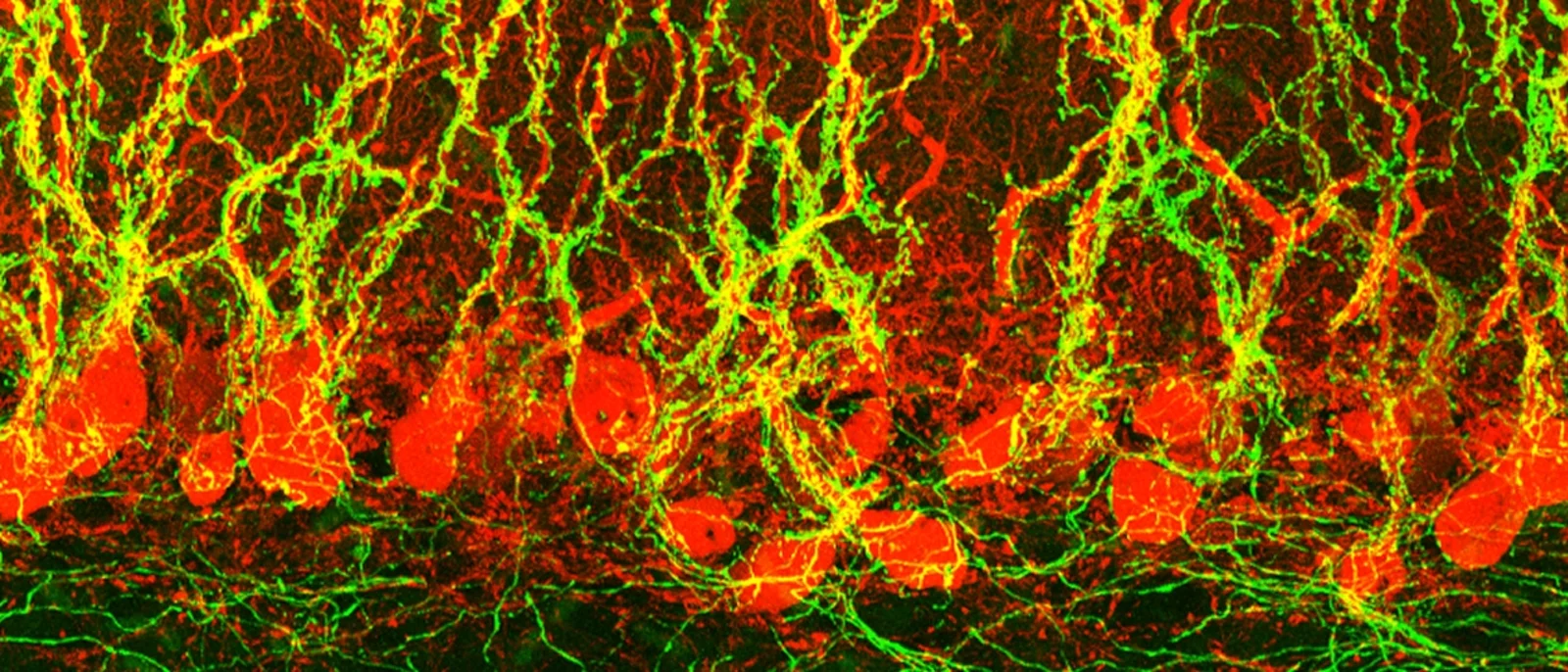Neurobiology Department

A Leading Force in Research, Discovery and Education
The Department of Neurobiology in the David Geffen School of Medicine at UCLA is a premier research department and a leading force in Neuroscience discovery and education at UCLA and worldwide. With diverse backgrounds in cellular and molecular biology, psychology and engineering, faculty members in the Department use the most sophisticated technologies available to work in concert with colleagues through UCLA and the world to enhance the understanding of the brain and its role in health and disease.
News
View More News
Anne Churchland, UCLA, receives the 2025 Pradel Research Award from the National Academy of Sciences.
Anne Churchland Pradel Award

Congratulations to Mark Lucas - SRAI Distinguiushed Faculty Recognition
Society of Research Administrators International Names Mark T. Lucas in ‘Distinguished Faculty’ Recognition

The Department of Neurobiology welcomes Emily Wu, Ph.D. as New Faculty
The Department of Neurobiology welcomes Emily Wu, Ph.D. as New Faculty

The Department of Neurobiology welcomes Chuchu Zhang, Ph.D. - new joint faculty
The Department of Neurobiology welcomes Chuchu Zhang, Ph.D. as new joint faculty
